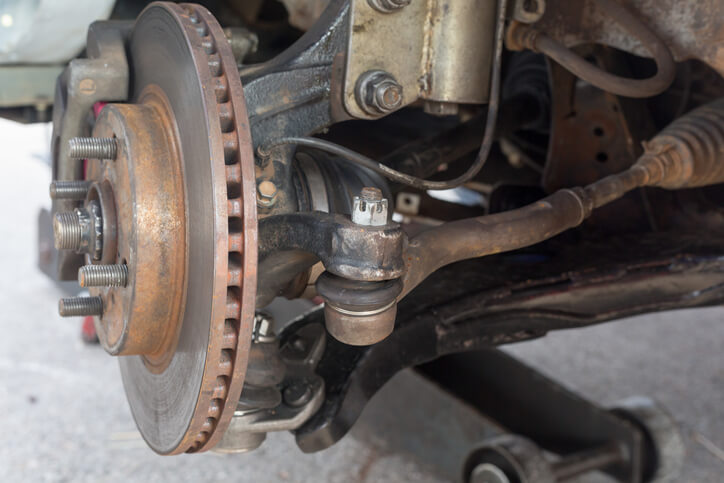Understanding the Function of Ball Joints After Auto Mechanic Training
Automotive technology is a field that combines engineering brilliance with mechanical skill. In this sector, every component plays a critical role in the vehicle’s overall performance and safety. One such component, often overlooked but crucial, is the ball joint.
For those who recently completed auto mechanic training, understanding the function, importance, and maintenance of ball joints is essential for ensuring vehicle safety and handling. This blog post delves into the world of ball joints, explaining their function, why they’re crucial, and how to identify and address related issues.
What are Ball Joints?
Ball joints are vital components in the suspension system of a vehicle. They are the critical link between the steering knuckles and the control arms. They are spherical bearings that allow for smooth and controlled movement in multiple directions. This flexibility supports the suspension system’s range of motions, including turning wheels and moving up and down with the road surface.

The Function of Ball Joints as Learned in Auto Mechanic Training
The primary function of ball joints is to provide a pivot point between the suspension and the wheels, allowing for the necessary movements that enable the steering system to work effectively. They help maintain the vehicle’s stability by ensuring the tires remain in optimal contact with the road surface under various conditions. This is vital for the vehicle’s handling, safety, and the longevity of other suspension components.
- Allowing for Smooth Steering: Ball joints enable the driver to steer the vehicle smoothly and precisely by acting as a pivot between the wheels and suspension.
- Absorbing Road Shock: They play a role in absorbing the shock from the road, contributing to a smoother ride.
- Maintaining Wheel Alignment: Ball joints contribute to maintaining correct wheel alignment, impacting tire wear and handling.
Importance of Ball Joints in Vehicle Safety
Ball joints are critical for vehicle safety. These components may be small, but their role in vehicle safety and performance is significant. Their condition directly impacts the steering and suspension systems’ performance.
A worn ball joint can lead to poor handling, increased tire wear, and, in severe cases, a complete loss of control over the vehicle. Therefore, understanding and maintaining these components is crucial for any auto mechanic.

Identifying Issues with Ball Joints
After your auto mechanic training, it’s important to recognize the signs of failing ball joints, which include:
– Unusual noises from the front suspension.
– Uneven tire wear.
– Looseness in the steering.
– Vibration from the front of the vehicle.
During routine maintenance, mechanics should inspect the ball joints for wear and tear, checking for looseness or any signs of damage. It’s also essential to keep the protective casing around the ball joint intact to prevent dirt and debris from causing internal wear.
Maintenance and Replacement of Ball Joints
As you have learned at automotive school, preventive maintenance is key to extending the life of ball joints. This includes regular inspections and lubrication (if applicable) to ensure smooth operation. When wear or damage is detected, replacing the ball joint is often recommended to prevent further issues and secure the vehicle’s safety and performance.
Are you interested in programs at CATI school?
Contact us for more information.

